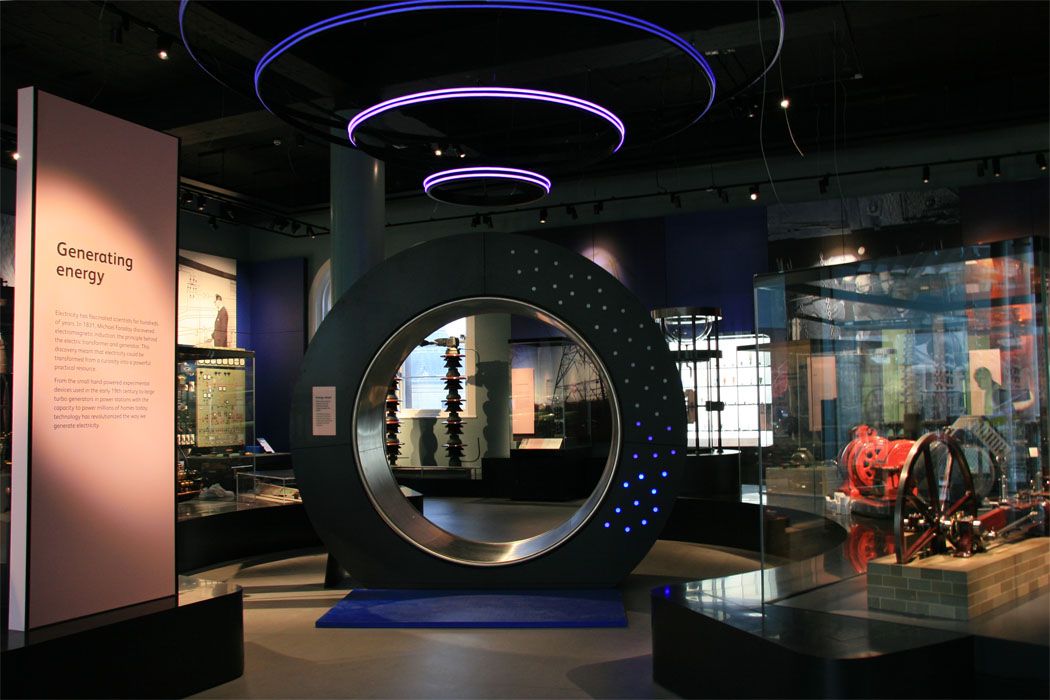Science and Technology Interactives at National Museum of Scotland
Today is the public opening of the new galleries at the National Museum of Scotland: Six new Science and Technology galleries and four from the department of Art and Design.
This is the most recent phase of the Masterplan for the Victorian building on the Chambers Street site which began with the Connect gallery in 2005 and included the ‘Royal Museum Project‘ galleries which opened in 2011.
Together with two colleagues, I have been managing the interactive displays for these galleries for nearly three years. While my colleagues managed the software and film contractors, I mainly concentrated on the mechanical interactive exhibits in the Science and Technology galleries. Here are a few pics of some of the star hands-on items, gallery by gallery:

Energy Wheel
Explore
-

National Museum of Scotland, science and technology interactives balloons
Hot Air Balloons
-

National Museum of Scotland, science and technology interactives lift yourself
Lift Yourself
Making it
-

National Museum of Scotland, science and technology interactives qcfar
Quality Control
-

National Museum of Scotland, science and technology interactives assemblyline
Assembly Line
-

National Museum of Scotland, science and technology interactives cogs gears
Cogs and Gears
-

National Museum of Scotland, science and technology interactives cogs gears
Cogs and Gears
Energise
-

National Museum of Scotland, science and technology interactives energy wheel
Energy Wheel, Energise, National Museum of Scotland
-

National Museum of Scotland, science and technology interactives wave tank
Wave tank
-

National Museum of Scotland, science and technology interactives waterturbine
Water Turbine, Energise, National Museum of Scotland
Enquire
-

National Museum of Scotland, science and technology interactives wimshurst
Wimshurst Machine, Enquire, National Museum of Scotland
-

National Museum of Scotland, science and technology interactives zoetrope
Zoetrope
-

National Museum of Scotland, science and technology interactives inside explorer
Medical Imaging
-

National Museum of Scotland, science and technology interactives cloudchamber
Cloud Chamber
-

National Museum of Scotland, science and technology interactives plasmaball
Plasma Ball, Enquire, National Museum of Scotland
-

National Museum of Scotland, science and technology interactives maxwells
Maxwell’s Wheels




